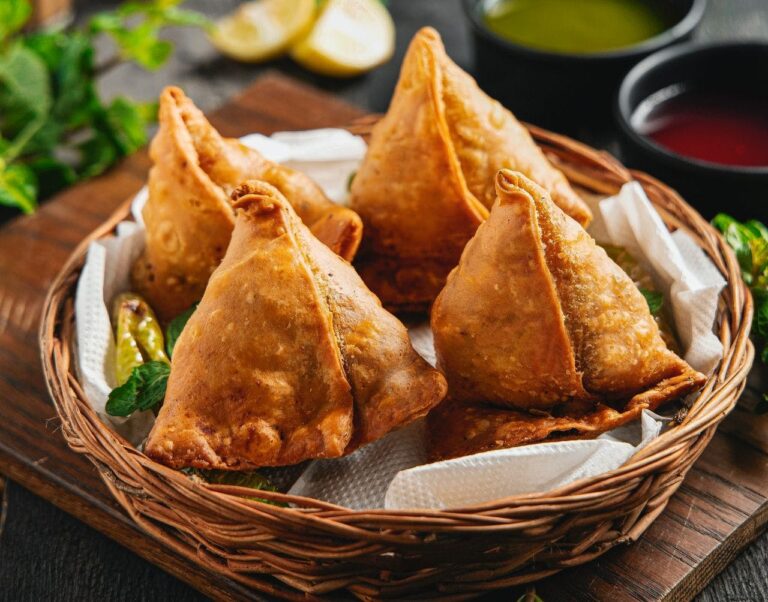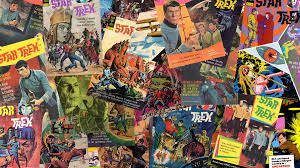While the British were the last of the prominent outside influences to impact Indian cuisine, it was essentially the arrival of the Persians and the Portuguese that led to all the major changes in Indian cuisine, writes Sonali Ved in her book Whose Samosa Is It Anyway?: The Story of Where ‘Indian’ Food Really Came From
Spices aside, the other Indian item that attracted them was opium. Back then, Bengal produced large quantities of opium, which had a massive market in China, and the British would supply shiploads of it to the southern Chinese ports through Hooghly, across the Bay of Bengal, the Malacca Strait and the South China Sea. The Chinese sent the ships back with tea. Thus, poppy and tea became available aplenty in India. This also explains the ample use of the seeds of opium (poppy) in Bengali cuisine, known as posto.
This brings me to chai, the most popular Indian drink. India is today one of the world’s largest producers of tea, with over 13,000 gardens and a workforce of more than two million involved in its production. A certain kind of wild tea plant is said to have existed in the north-eastern part of the Indian subcontinent, Burma, Thailand, the Himalayan belt and Tibet.
To speak of commercial tea, the Dutch first brought tea seeds from China in the seventeenth century, and it was the British who were responsible for its domestication and its popularity here. It is important to note that the later Mughals too enjoyed tea, which was mainly supplied from China. But only when the British set up their own tea plantations did it gave birth to Indian tea.
The plantations came up across the country, in areas like Assam, the Himalayan foothills, including the Kumaon region, Dehradun, Garhwal, the Kangra valley, Kulu, and even as far as Darjeeling.
But tea still hadn’t become the masala chai as we know it. This boiled-with-ample-milk-and-sugar version, the shade of Huda Teddy lipstick, only came in years later. Drinking tea with sugar was certainly not an Asian habit, and one doesn’t know when the English began drinking their sweetened tea. However, we know that when the British ladies hosted afternoon tea parties, sugar bowls, tongs and silver spoons were laid out to make the beverage, and it was fashionable for the British women to keep these accessories in their closets.
Tea was often savoured with sweet ginger biscuits or sugary cakes. Though spices brought the Europeans to India and textiles kept them here, it was tea’s popularity that eventually took over textiles for the East India Company between 1700 and 1774, as it became the most valuable trading commodity.

Book details
Whose Samosa Is It Anyway?: The Story of Where ‘Indian’ Food Really Came From
Sonal Ved
Penguin Random House
256 pages; Rs 499
Publication date: 18 October 2021
After setting up plantations and exporting tea, the British-led tea associations wanted tea to become popular for the Indians too. Fortunately for them, it became an emotion. Tea promotion began with the setting up of stalls in factories, mines and mills, and workers were allowed tea breaks to grab the drink.
In the trains of the Indian Railways, men were hired and placed strategically at stations with kettles and ‘cutting-chai’ glasses. The chaiwalas across the country clinked through the night and early hours of dawn with the rhythmic ‘chai, chai, chai’, which probably rings in your ears even today every time you think of journeying by passenger train.
Similarly, they also introduced us to the concept of biscuits. In fact, the Hindu Biscuit Company, which later came to be known as Britannia, was created to meet their biscuit needs in India. A side story is that much later, when the Swadeshi movement was gaining momentum, Parle-G, one of India’s most iconic biscuits, was established to counter the popularity of British-led brands like Britannia, United Biscuits, Huntly & Palmers and Glaxo. But more on that in the next chapter.
The British didn’t meddle with the core ideas of Indian cuisine, like our style of eating a dal, chawal, subji, salad and roti as a meal. But they picked up a lot of nuances and incorporated them into their meal habits.
As they found firmer footing here, they had to tweak their diets, keeping in mind the difference in weather conditions here from what it was back home. Heavy meat roasts, puddings and casseroles gave way to the idea of a light luncheon, and with this came the idea of ‘tiffin’.
The meaning ascribed to this word is not straightforward. It derives from the English slang ‘tiffing’, which means to take a little drink, and this word itself comes from the word ‘tiff’, which was a popular diluted liquor back then. Since they ate a light lunch mid-afternoon, at 2–3 p.m., probably with a quick sip of this liquor, the meal came to be known as a ‘tiffin’.
Their style of lunch boxes, quite popular across the West, consisted of stacked tins. Originally designed by R.J. Reynolds in Wisconsin, who was inspired by the reuse of tobacco and cookie tins by miners to pack their lunch, this multi-layered lunch box eventually became iconic to Indian cuisine and design aesthetic. For the British, their tiffins included curries, kebabs and leftover meats, which they packed to work the next day with some added fresh spices. This method may have given rise to a popular Indian dish called jalfrezi, which is technically a distinct way of using up leftover meat.
(Excerpted with permission from Penguin Random House India from the book Whose Samosa Is It Anyway?: The Story of Where ‘Indian’ Food Really Came From by Sonal Ved)
Write to us at [email protected]




